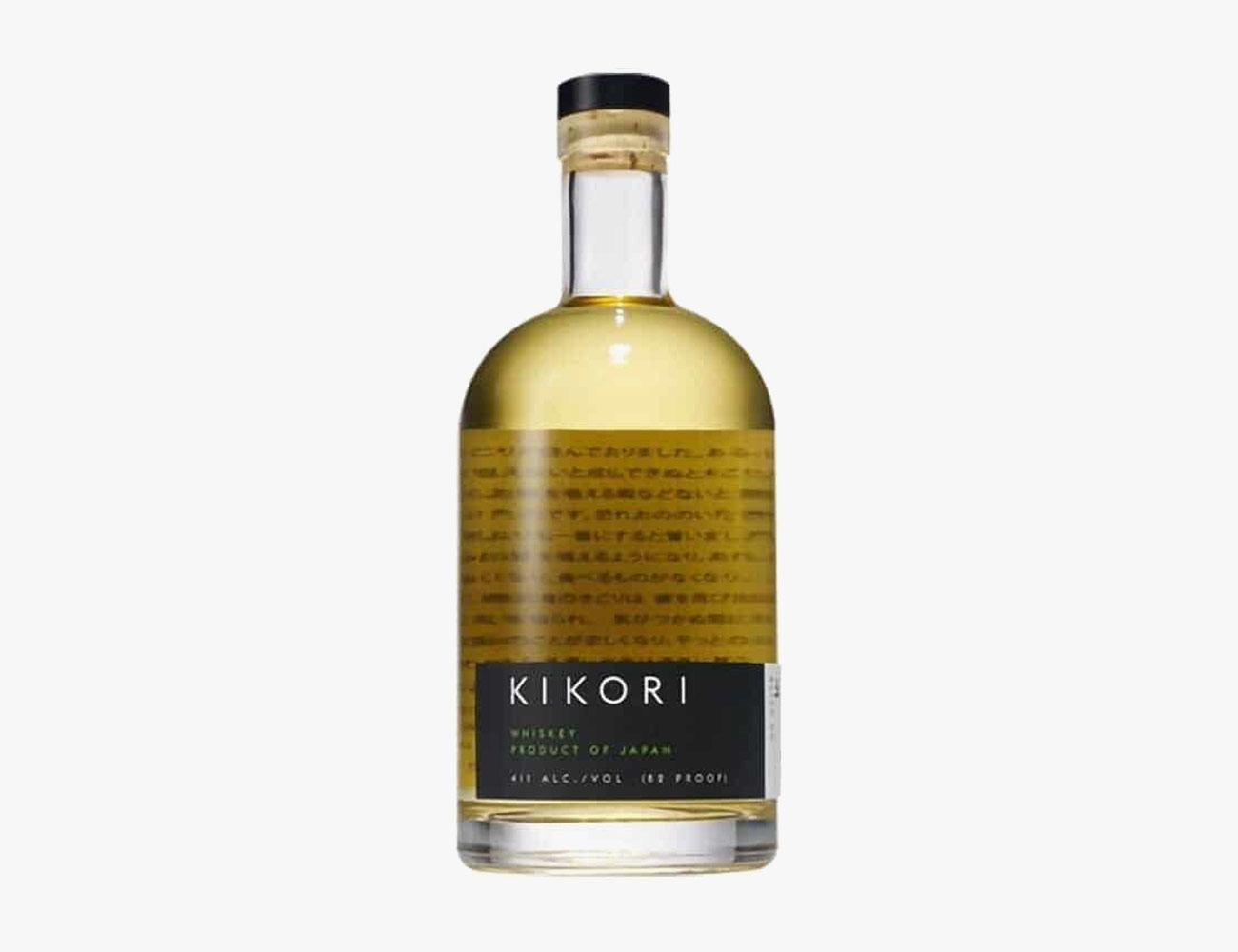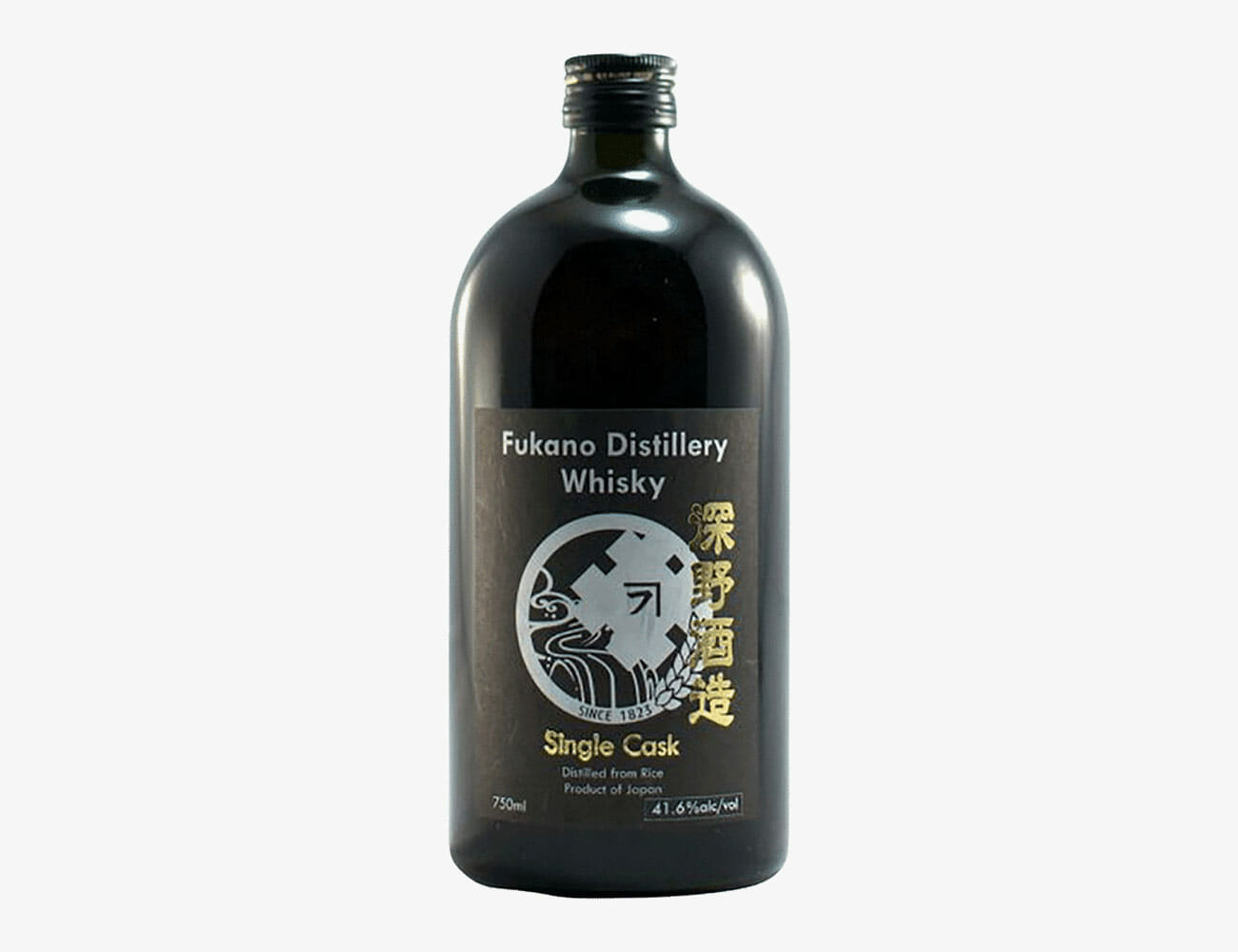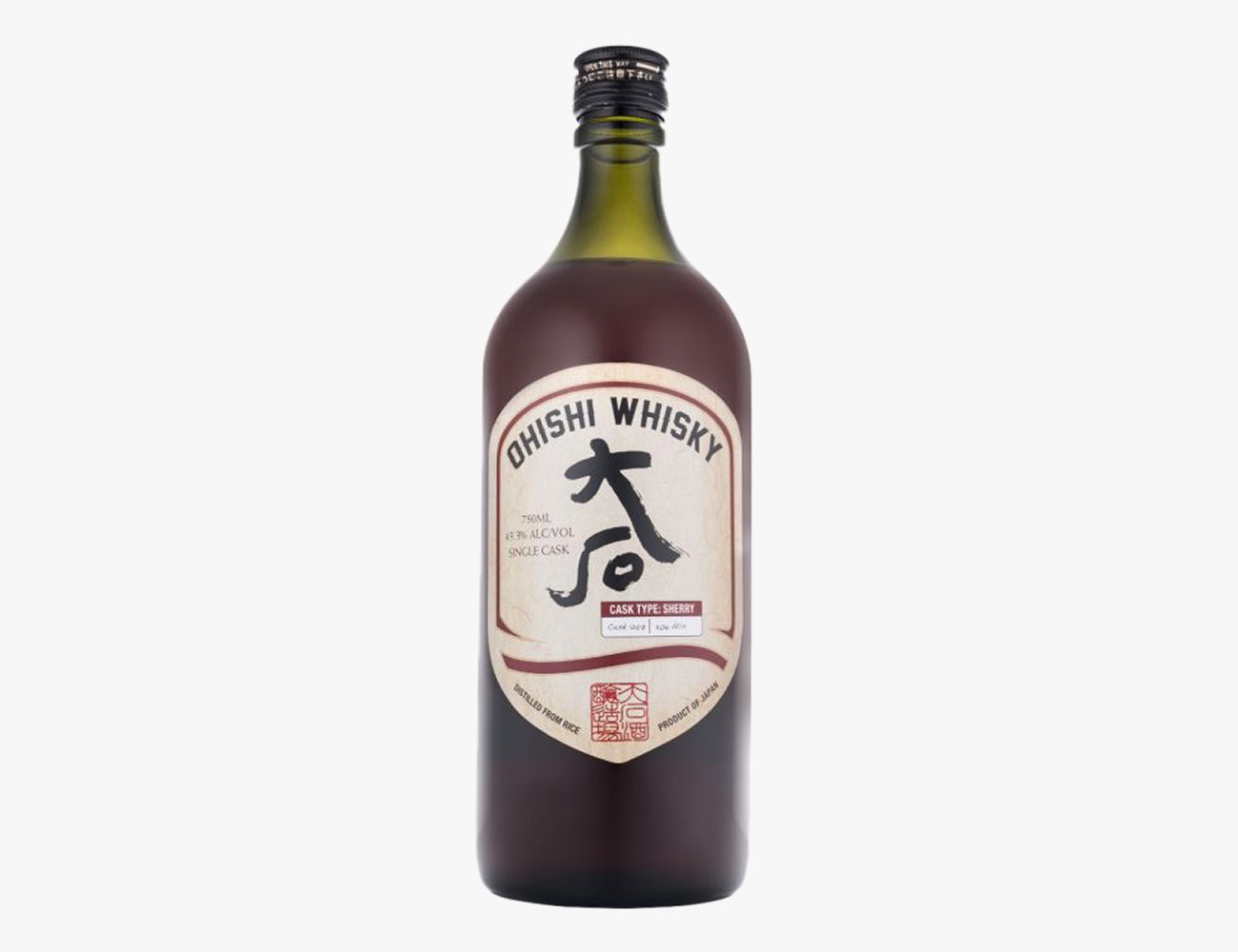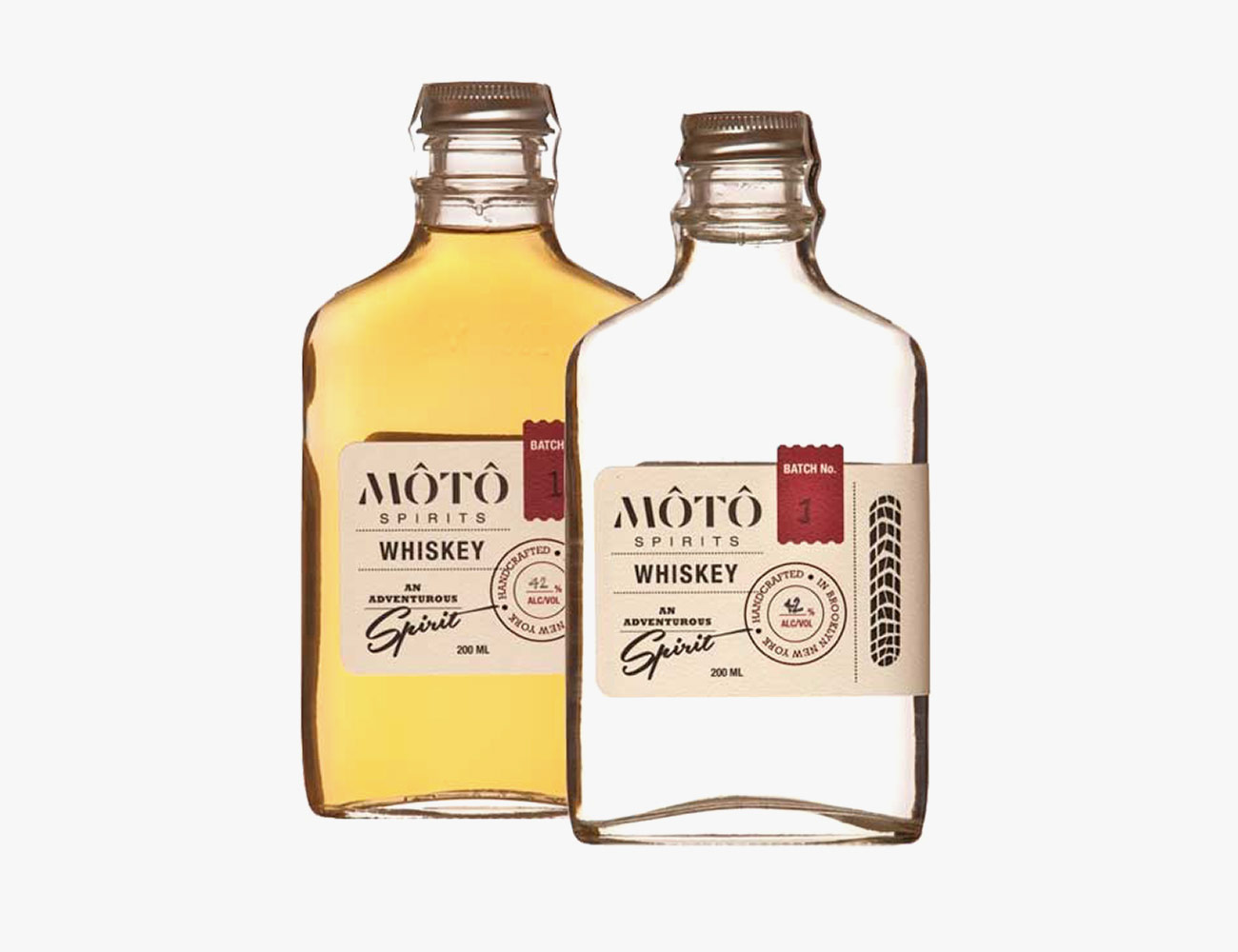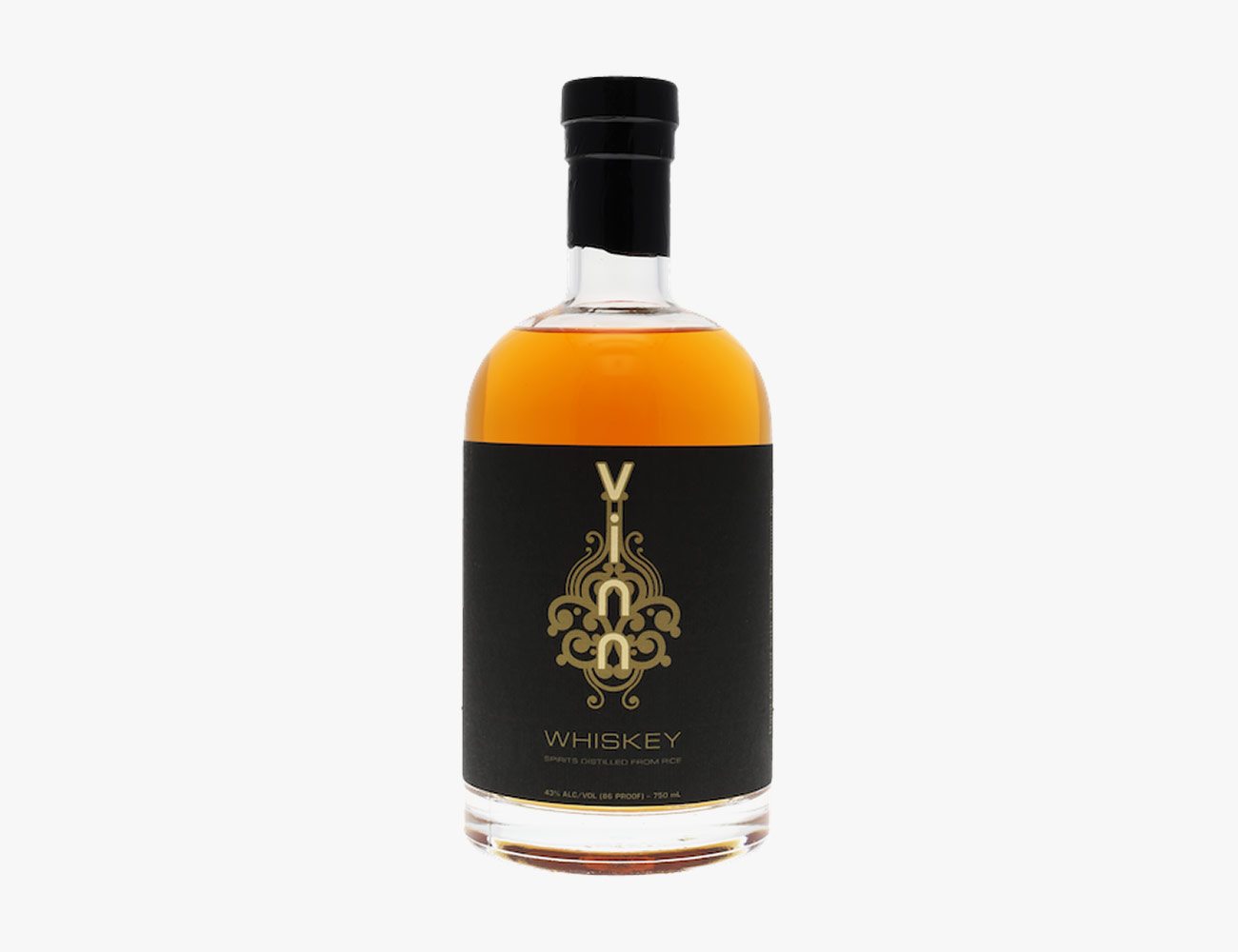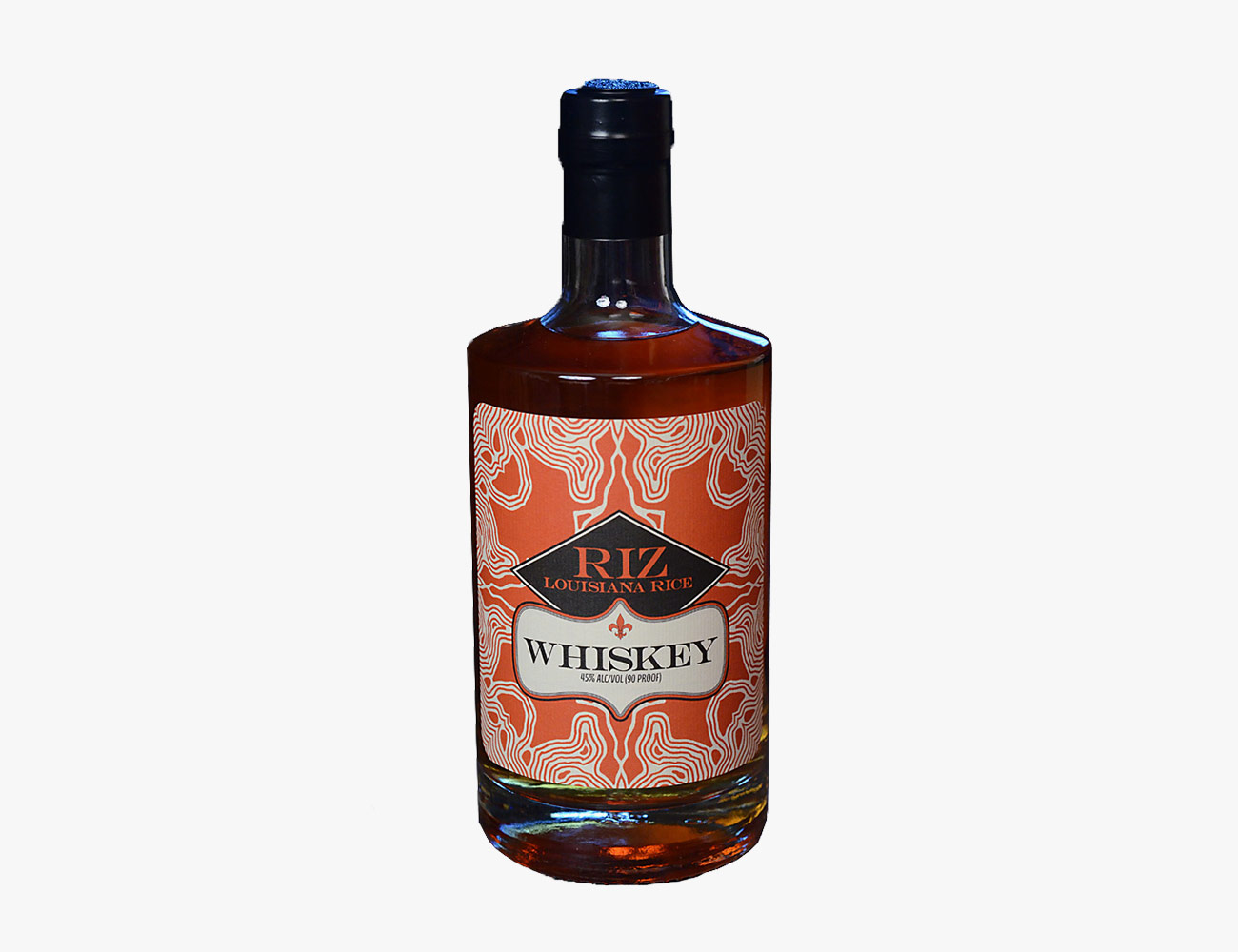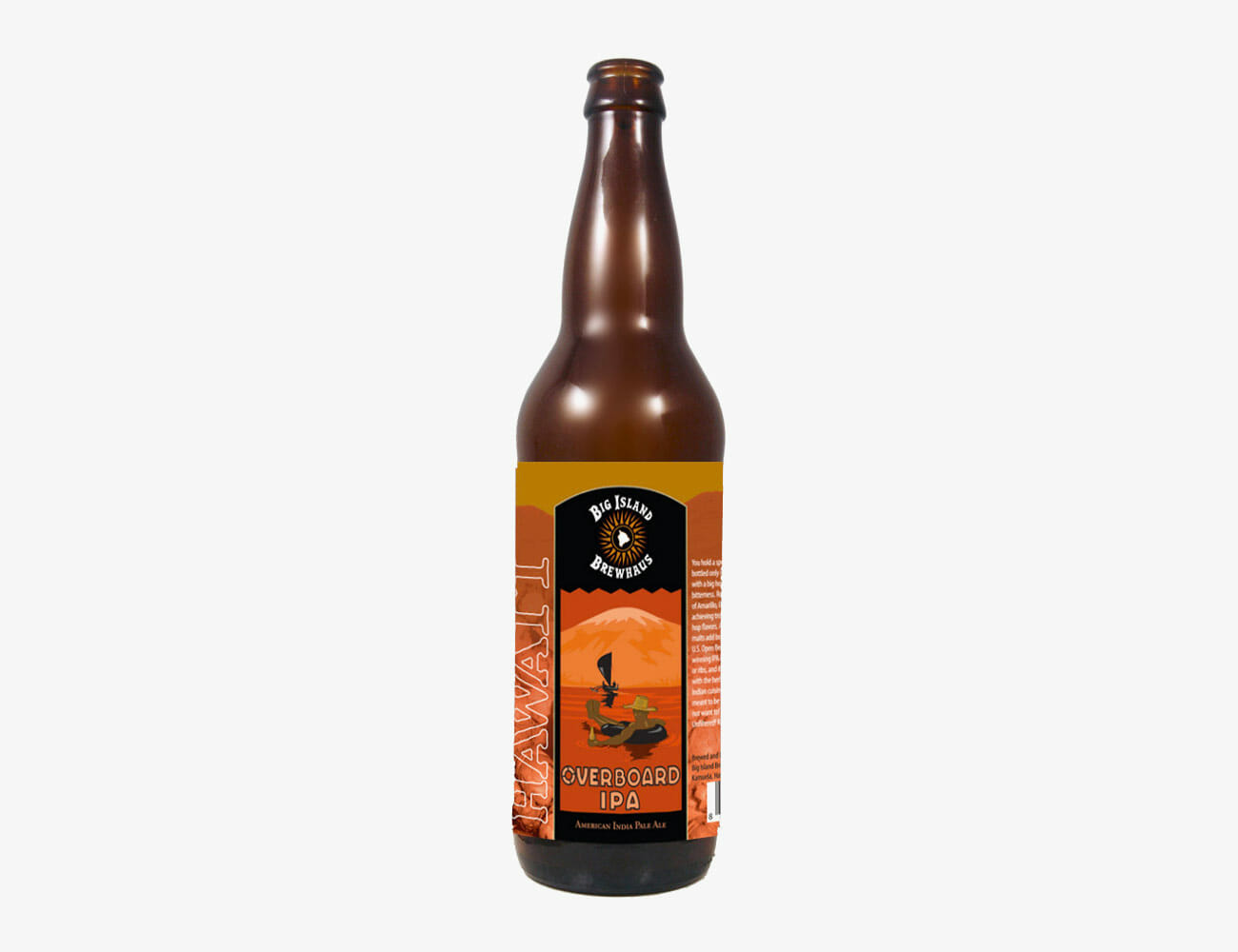Rice whiskey might sound like something entirely new. And it is … sort of. But let us start with the part that’s not.
Various Asian cultures have been using rice and its mold (the Japanese call it koji) to make distilled spirits called shochu, soju, baijiu and ruou gao for hundreds and, in some cases, thousands of years. Whatever you want to call it — “rice wine” or “white liquor” — it’s used a ton, for medicinal purposes, to honor ancestors or just to get lit. Baijiu, much of which is made with rice, is the best selling liquor in the world; in 2016, more bottles of the stuff were sold than vodka, gin, rum, whiskey and tequila combined.
Whiskey is a grain-based spirit aged in wood barrels, and rice, of course, is a grain. So, throw one of those rice spirits in charred oak and you have rice whiskey. Skeptics could say the pairing of rice spirits and oak barrels is a great way to put the magic “w” word on a bottle. But this new class of spirits speaks for itself. Plus, the path to making this sort of drink often involves an epic journey between Asia and America, intentional or otherwise.
At Vinn Distillery, two generations and a history of diaspora conspired to make whiskey using rice. Phan Ly and his wife, Kim Trinh, were moved by war, work and hope from North Vietnam to China to Hong Kong, and eventually, to Oregon. After Ly retired, he decided he wanted to put his homemade rice spirits on the liquor store shelf and started Vinn Distillery. And then there was the luck side of it. “My sister was at a garage sale and bought a few gallon-sized oak barrels to age baijiu in,” says one of his daughters, Michelle, who helps with the business. “A year later we were tasting it at the distillery. It was amber-colored, and it was delicious, and we realized it was a whiskey.”
At Moto Whiskey in Brooklyn, it was travel, and a dispute between palates, that gave rise to its rice whiskey. Cofounder Marie Estrada, who used to work in publishing, tasted her first rice spirit when her business partner, Hagai Yardeny, brought some back from a motorcycle trip through Vietnam. “Everyone there drinks it out of reused plastic water bottles,” Estrada says. “I tasted it, and I said to him, ‘You fell in love with this?’ I thought it was horrible. Then I tasted another one, and it tasted delicious, almost like cashews.”
It’s hard to generalize the category of rice whiskey, given the many different ways distillers make the base rice spirit. But common characteristics include a light mouthfeel, hints of subtle fruit and sugary brightness, and the classic whiskey notes of caramel, oak tannin and vanilla.
There are still only a few distillers making it worldwide, and several in Japan, with an interesting twist. One, Kikori Whiskey, was founded by an American, Ann Soh Woods, who makes her whiskey in Japan but can only sell it in the U.S.; the Japanese have stricter rules than America does about what constitutes whiskey. (There are two other Japanese distilleries that make rice whiskey and must export it to the US to sell it.)
Look for one of these bottles to give it a try yourself.
Kikori Whiskey
Ann Soh Woods may well be the mother of rice whiskey: hers, Kikori, was the first to be widely distributed in the U.S. Kikori is made on the west coast of southern Japan using locally sourced rice. It’s aged for three to ten years in American and French oak casks as well as sherry casks.
Tasting Notes: Sugary and grassy on the nose, with light hints of citrus, minerality, and sweet bread.
Fukano Whisky
Fukano Distillery has been making shochu since the 19th century. Its whisky is made at the same distillery, located on the island of Kyushu, in both a blend (“Fukano whisky”) and single cask (“Fukano single cask”) form. Whisky Advocate named the blend one of its 20 best whiskies of the year in 2017.
Tasting Notes: Bright and citrusy, with notes of lychee, raspberry, and peach; also some peppery spice.
Ohishi Sherry Cask
Another Japanese rice whisky that must be imported to the US. Thirty percent of the mashbill is their own locally grown rice; the other seventy percent is mochi rice. They make both a brandy cask and a sherry cask whisky — though the sherry cask is consistently rated higher of the two.
Tasting Notes: the subtleness of rice makes the perfect canvas for showcasing a bomb of sherry. It’s a dark red color, with notes of grape, vanilla, and dried fruits.
Môtô Spirits Whiskey
Marie Estrada and Hagai Yardeny started making their rice whiskey in an apartment complex. Today, they’re onto a big 120-gallon jacketed electric still. They age their stuff in bourbon barrels that have been seasoned with their own spirit.
Tasting Notes: Citrusy notes, plus strong bourbon notes, including wood, vanilla, honey and a touch of smoky char.
Vinn Distillery
The Ly family makes their rice spirit the traditional baijiu way, using parallel fermentation and solid-state distillation, where both liquids and solids are fermented. Ly compares the raw spirit to “a cross between sake and tequila, white whiskey and a hint of gin.” It’s aged in virgin American oak, heavy char #4. They recommend drinking it straight or with ginger beer, in a so-scalled “Shanghai mule.”
Tasting Notes: A unique nose, with earthiness and funk. More familiar flavors on the palate, like vanilla and oak, plus a distinct flavor of toasted rice pudding.
Atelier Vie Riz Whiskey
Jedd Haas has been distilling and selling unaged rice whiskey since 2013, using rice grown in Louisiana. In the past several years, he’s released several aged versions, including his latest, aged in small oak barrels for eaxtly one year and one month.
Tasting Notes: The unaged stuff has been noted to have flavors of chocolate and licorice. The aged version should add caramel, vanilla, and oak tannin.

